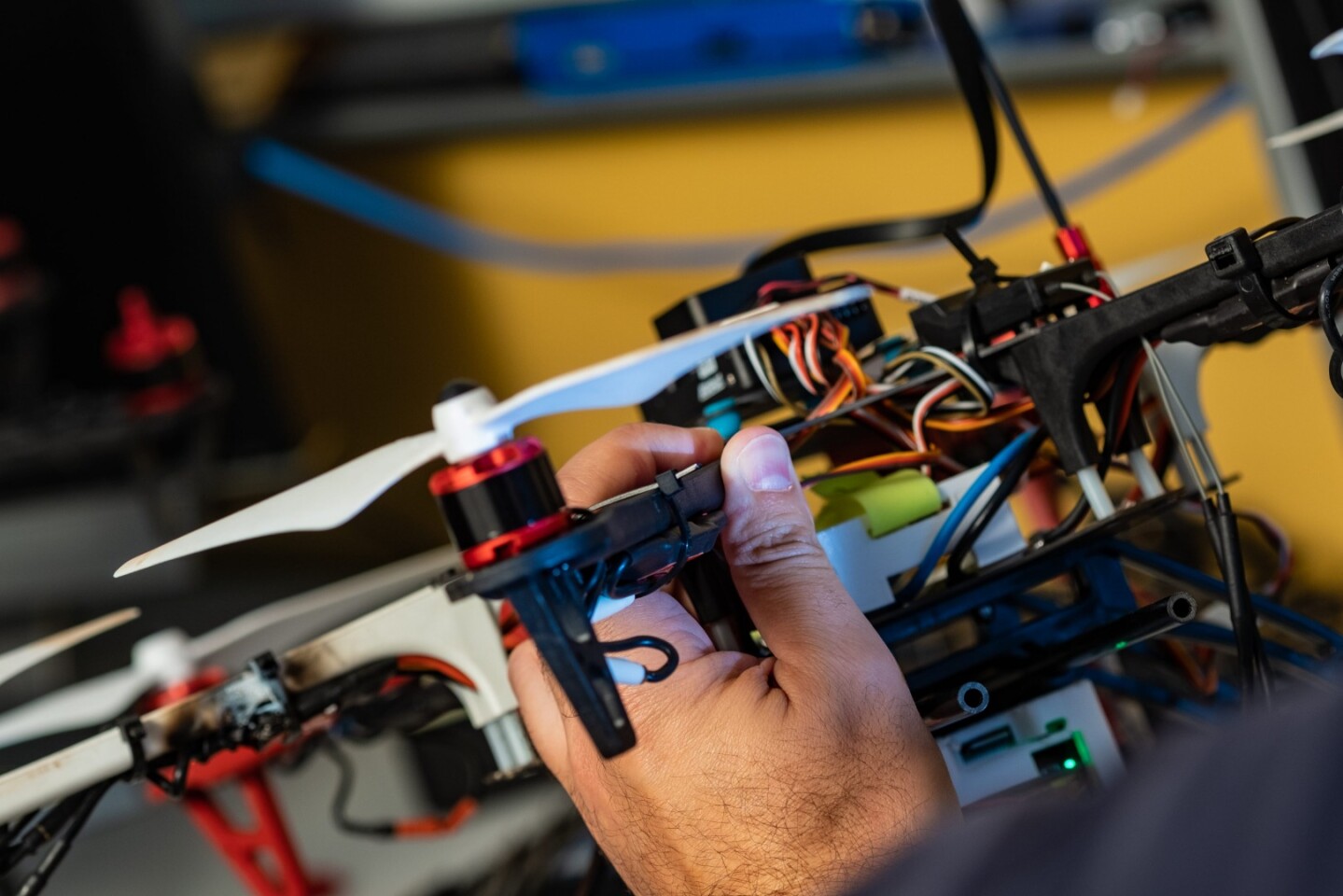Volatile organic compounds (VOCs) floating through the air can lead to a long list of health problems for humans, in both the long and short term. Knowing where they are and in what concentrations would therefore be an invaluable capability, and one that a team of Rice University scientists is making great headway on with their autonomous gas-sensing drones.
Volatile organic compounds are gases that can arise from household products like hairspray and glue, the exhaust pipes of cars, and dangerous leaks and explosions. When inhaled by humans, these can cause irritation in the eyes and nose, fatigue, nausea and headaches, while on the more extreme side long-term exposure has been linked to cancer.
The Rice University researchers, together with colleagues from the Baylor College of Medicine and Houston nonprofit Technology For All, are looking to harness the power of drones to keep tabs on airborne VOCs. More specifically, they hope to automatically detect those rising into the atmosphere via leaks, explosions and accidents.
Their autonomous drones are dubbed ASTRO, or Autonomous, Sensing and Tetherless Networked Drones, and use high-resolution mobile laser-spectroscopy to detect airborne gases in real time.

The plan is to put fleets of ASTRO drones in the air, which would form a network of gas-sniffing machines that use an onboard suite of sensors and transmitters to communicate with one another. Together, they would create a 3D model of aerial pollution with a particular focus on VOC signatures that are most harmful to humans, which could then be relayed to the local residents.
"Now, if there's a chemical leak, people may not learn about it for a couple of days, but our system can inform them immediately through their mobile phones," says Riccardo Petrolo, a postdoctoral researcher at Rice University. "We are also concerned about the dangers first responders might face during extreme events like Hurricane Harvey. We want them to know where the edge of a plume is located so they know where it's safe to breathe and where to set evacuation boundaries."
The scientists have been developing the ASTRO drones for some time, but have now received a big boost from the National Science Foundation by way of a US$1.5 million grant. This will enable the team to advance the wireless communication and sensing technologies and then ideally deploy the drones in vulnerable locations, with other potential applications to follow.
"The platform is fully agnostic," says Petrolo. "There's no reason it can't support cameras and other wireless sensors to, for instance, find someone in an emergency response situation."
You can hear from some of the researchers involved in the video below.
Source: Rice University






